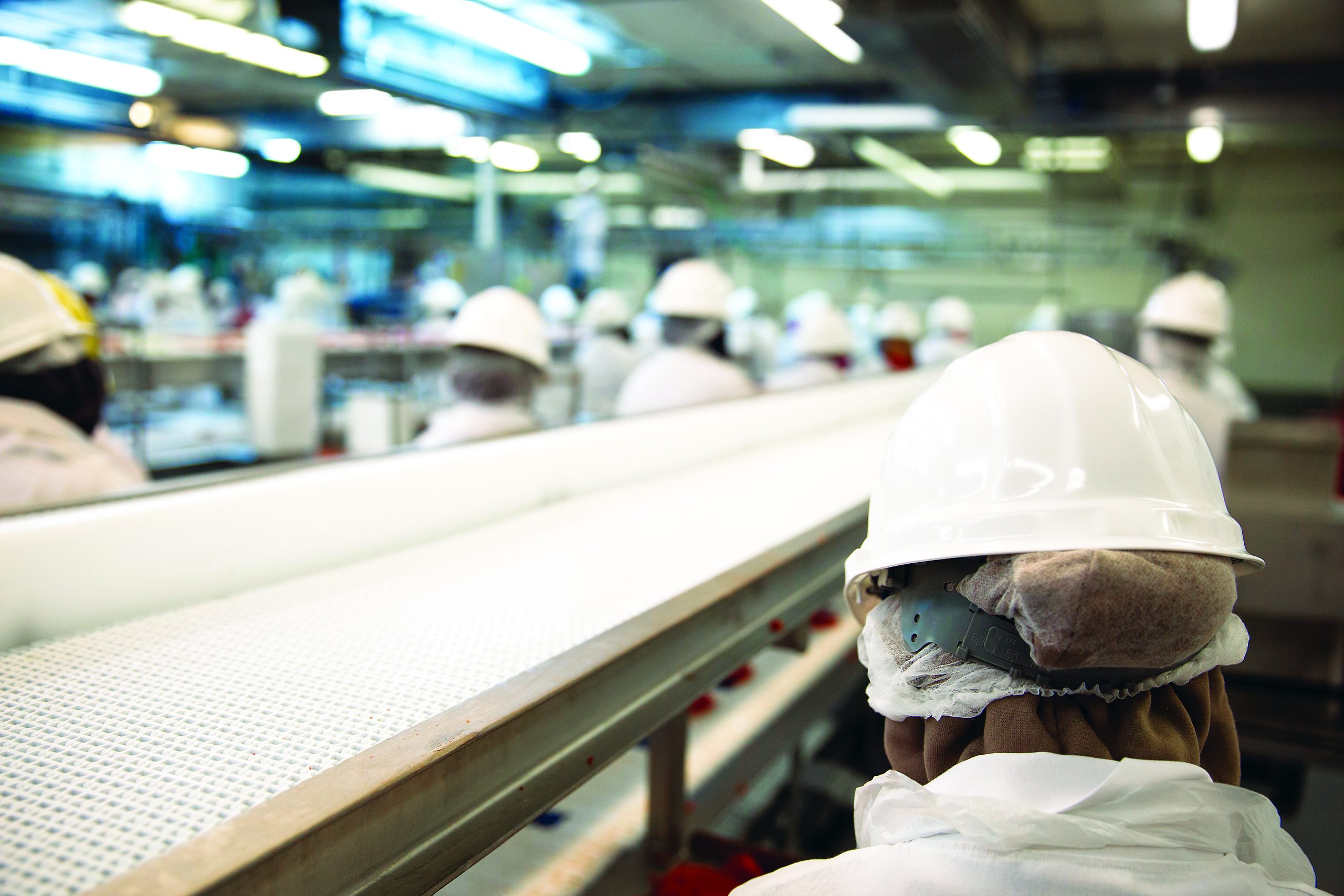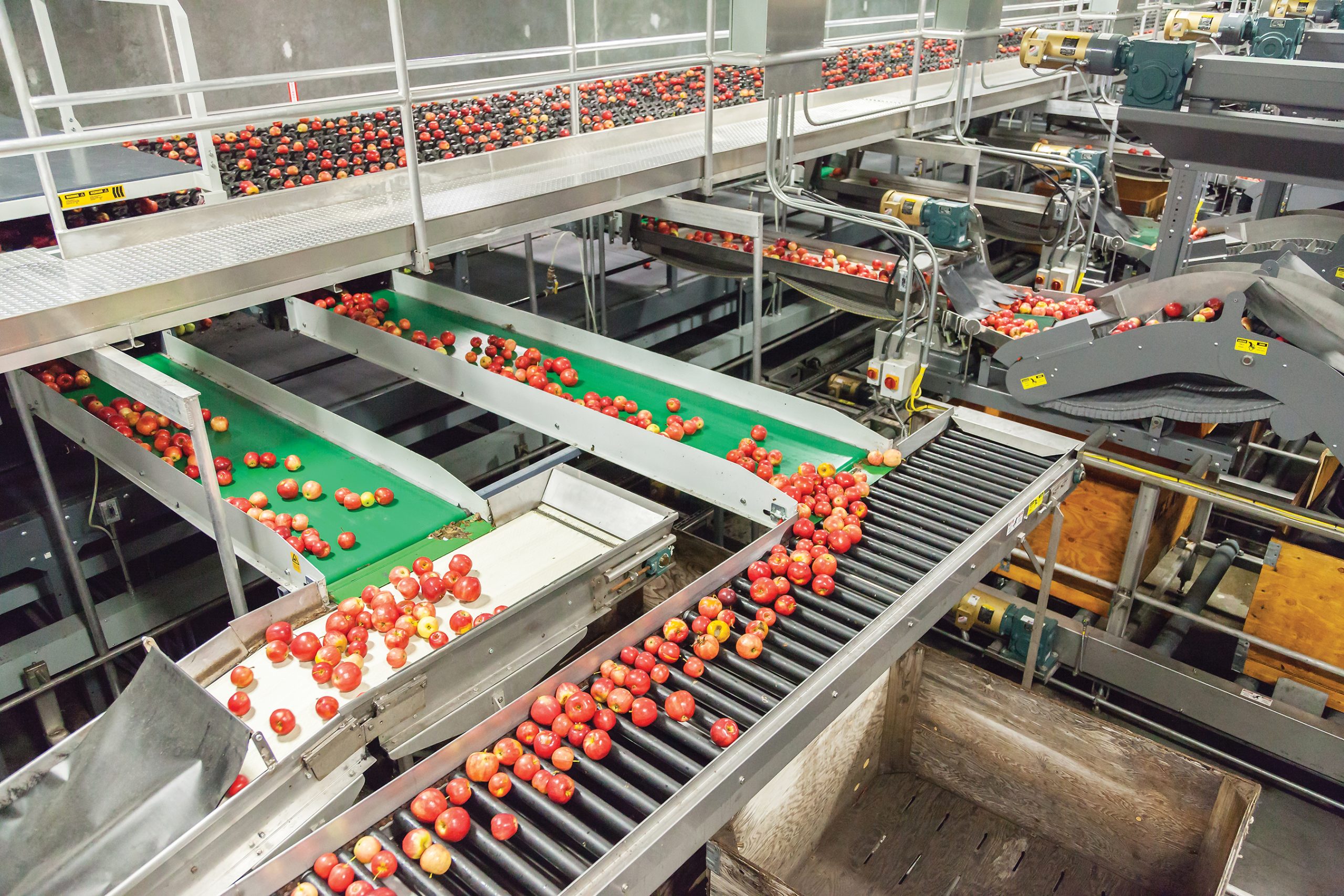
Establishing a safe and thorough plant procurement process
By Canadian Centre for Occupational Health and Safety
Health & Safety Food & Beverage food plant plant procurement procurement process Safety Safety standards standardsProcurement health and safety enhances organizational performance and ensures long-term financial gain.

Photo: elnariz / Adobe Stock
Amir is the production manager in a meat processing plant. Last year, while working with the supply chain team at the plant, he requested a new piece of equipment that would help with material handling. The team ordered the equipment directly from the manufacturer, and it met the required safety standards for that location.
However, upon inspection at the plant, the safety manual was not available in English and French, and the electrical components did not meet the North American standard. They were unable to use the equipment and had to purchase a pre-owned one elsewhere to replace it. This cost the company money and affected production.
What could have done to prevent these issues and keep their staff safe?
Pre-procurement considerations
Production continuity can be heavily impacted by supply chain disruptions and plant safety hazards. Safety should be top of mind in each stage of procuring any new piece of equipment for the plant – especially if purchases could affect or impact any of the following elements: confined spaces, ergonomics, infection control, maintenance, material handling, noise, radiation, training requirements or waste management.
While a shift to automation and machine learning can improve workplace processes, it is not without risk. Upgrades, retrofits, modifications and interactions between machines and workers may introduce new potential hazards. To effectively manage risk, you must know where potential hazards exist and eliminate or control these hazards.
Before purchasing new equipment or machinery, conduct a risk assessment. Take a thorough look at your workplace to identify situations and processes that may cause harm, particularly to people. Once you’ve identified potential hazards, analyze the severity of the risk. You can then decide, with the involvement of your health and safety representative or committee, what kind of measures should be in place to effectively eliminate or control these hazards.

Photo: paulacobleigh / Adobe Stock
Verify safety standards
Given that a lot of equipment is sourced from different provinces or countries, it’s important to consider how safety standards and legislative requirements might be different than your own. As an employer, you have an obligation to provide your workers with safe equipment and machinery. This means that where hazards from use exist, you must do everything possible to minimize the risks and provide the necessary information and instructions for its safe use.
Ideally, every manufacturer would meet specific design criteria and provide consistent, accurate safety information in accordance with legislation. However, due to the nature of the global supply chain, what is acceptable in one location may not meet the requirements in another. Purchasers need to ensure the items they buy are compliant with relevant safety standards and legislative requirements for their jurisdiction.
Consider including clauses in your purchase agreement requiring manufacturers to provide safety standard information; for example, if they meet the requirements of the Canadian Standards Association or an equivalent standard for specific safety requirements like guarding.
Before placing the final order, undertake pre-purchase checks. If you have a project team devoted to this specific procurement, ask members to view the machine to verify it meets requirements such as health and safety legislation and standards.
Although a risk assessment should confirm design compliance of a piece of plant equipment, some aspects of plant safety are subtler or user specific. A common way to assess this is to have a trained operator test the equipment. The operator should verify ergonomic adjustability, visibility or line of sight, any auxiliary component changes, and other controls that may be applicable.
Before purchasing new equipment or machinery, conduct a risk assessment. Take a thorough look at your workplace to identify situations and processes that may cause harm, particularly to people.
Suppliers may also conduct a demonstration to illustrate the important features of the equipment. It’s also a good practice to create a machine and equipment checklist to make sure that the equipment meets the safety standards of the workplace.
Once purchasers understand the different features available, they can decide if the equipment is suitable. A pre-site inspection for where the machine or equipment is going is also an important consideration.
Post-purchase considerations
After the order has been made, there are additional safety considerations to keep in mind.
Hold a meeting to confirm all aspects of the order, including the installation plan, applicable standards, safe work procedures, and additional training requirements. Consider including relevant workers who may not have been involved in the initial stages of the purchase. This meeting can help get everyone up to speed on the plan and training requirements, which can prevent delays when the equipment arrives.
Prioritizing health and safety during procurement is not only prudent, but it also makes good business sense. It delivers harm reduction, cost savings, enhanced organizational performance and long-term financial gain.
Once Amir has been trained on how to conduct the appropriate checks and balances before procuring equipment, he will be able to create a more efficient production line, while keeping his employees safe on the job.
_________________
The Canadian Centre for Occupational Health and Safety (CCOHS) promotes the total well-being — physical, psychosocial, and mental health — of workers in Canada by providing information, advice, education, and management systems and solutions that support the prevention of injury and illness.
Visit www.ccohs.ca for more safety tips.
